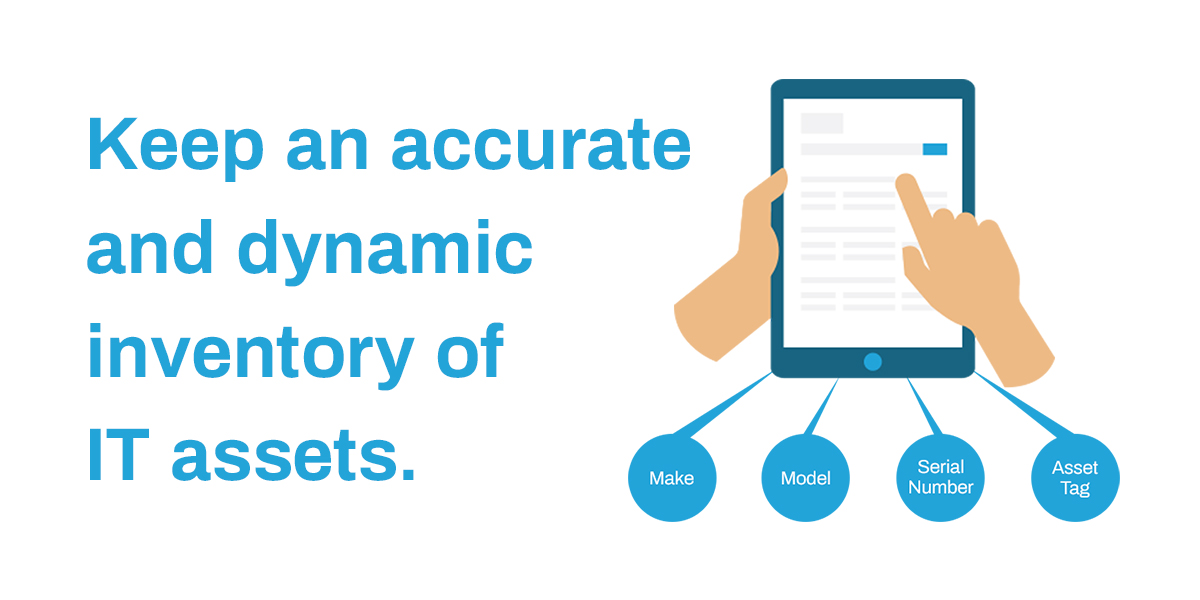52.2 million metric tons of e-waste is estimated to be produced by 2021 globally. As an IT manager do you know where all your corporate IT assets are used and stored? Are you confident in your IT asset inventory list and management infrastructure as it stands? If your answer is no, keep reading.
The average cost of a data breach globally has risen to $3.92 million (€3,530,371). Keeping a close watch on all IT devices will help you manage their use and disuse and will become the backbone of your IT asset disposition (ITAD) program. It will highlight areas of risk, threats and vulnerabilities making them easier to address.
In order to maintain a useful list your IT asset inventory list should,
 IT asset registers should keep track of,
IT asset registers should keep track of,
- Define ownership: Assign owners to each IT asset and define acceptable use to each owner.
- Track value: Understand accurate value of equipment which can be useful for tax purposes, and managing or controlling IT assets.
 IT asset registers should keep track of,
IT asset registers should keep track of,
- Name – To easily identify the asset.
- Device type – To describe what the item is (i.e. desktop, laptop).
- Location – To locate the device, if needed.
- Description – To understand specifications of the device (make, model, serial number, asset tag and operating system)
- Value and depreciation – To track asset value over time. (What it was bought for, original purchase price, accumulated depreciation and current book value).
- Other – i.e. purchase date, ownership status, licensed software, leased equipment, warranty.
